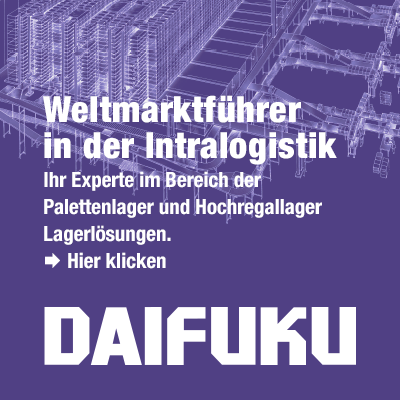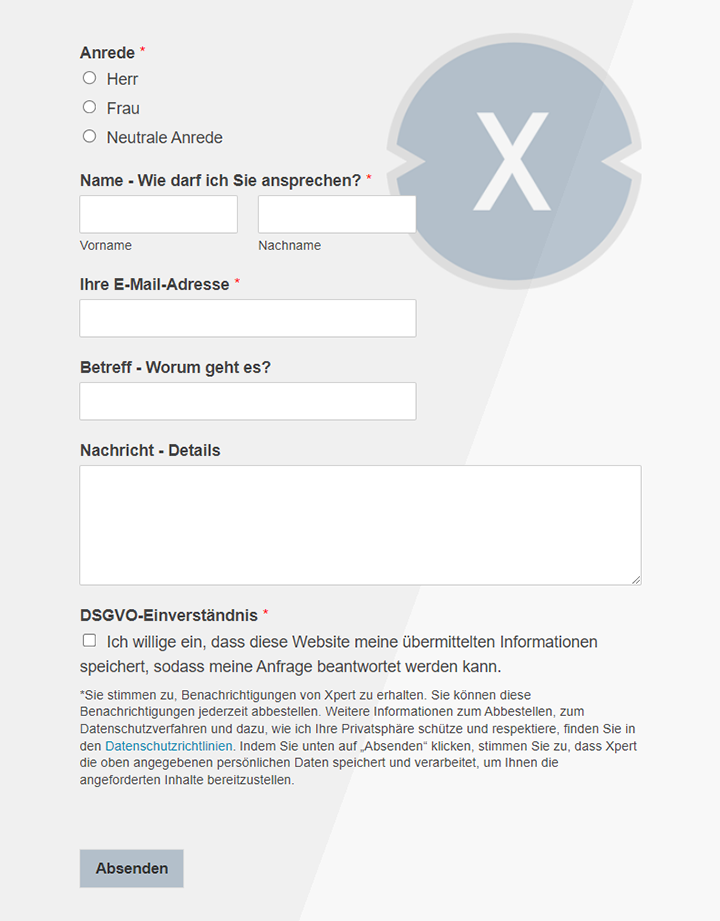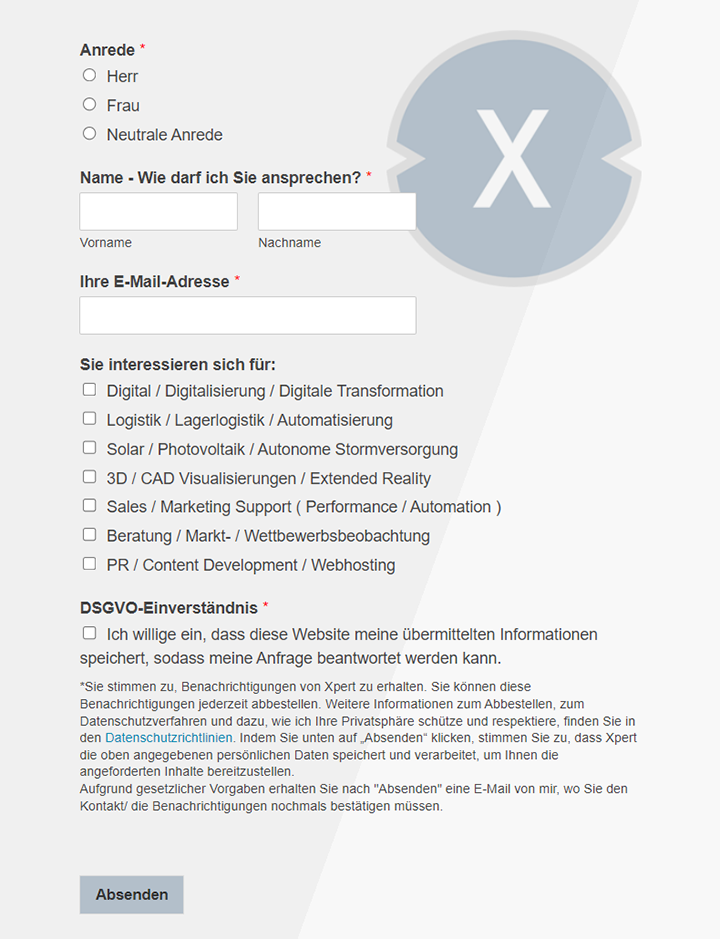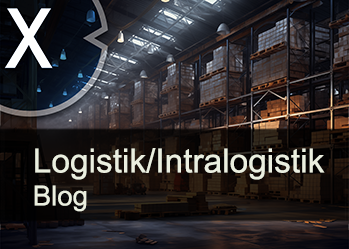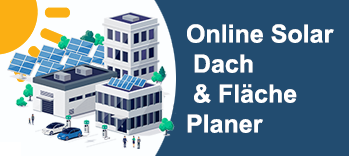Intralogistics: Automation as a matter of survival – The silent transformation in the warehouse has already begun
Xpert pre-release
Language selection 📢
Published on: October 13, 2025 / Updated on: October 13, 2025 – Author: Konrad Wolfenstein

Intralogistics: Automation as a matter of survival – The silent transformation in the warehouse has already begun – Image: Xpert.Digital
The future belongs to smart warehouses – those who do not participate will be pushed out of the market
A 40-billion-dollar market: Those who don't automate now will be left behind
Behind the scenes of global trade, a quiet but unstoppable transformation is taking place. Intralogistics, the often invisible nervous system of our economy, is at a crucial turning point: Automation is no longer a future option, but an acute question of survival. Driven by artificial intelligence, autonomous robots, and the Internet of Things, traditional warehouses are transforming into highly efficient, data-driven ecosystems. While pioneers like Amazon and IKEA are already maximizing the efficiency of their operations, German companies are coming under massive competitive pressure – especially from China. This change is more than just a technological upgrade; it is a strategic necessity that determines the future viability of entire companies. From the logistical masterpieces of antiquity to the self-learning systems of tomorrow, this article sheds light on why smart warehouses will determine the winners of the digital economy and the challenges and opportunities associated with them.
The transformation of internal logistics
The term "intralogistics," which was only defined as an independent industry by the VDMA (German Engineering Federation) in 2003, encompasses the organization, control, implementation, and optimization of internal material flows, information flows, and goods handling. While traditional companies are still considering whether to automate, market leaders have long since begun implementing fully autonomous systems. The German intralogistics industry generated a production volume of €27.7 billion in 2024, demonstrating its central importance to the modern economy.
Historical roots of modern innovation
The history of intralogistics goes back further than the relatively new term suggests. Even the construction of the pyramids posed complex logistical challenges, with granite blocks weighing tons having to be transported hundreds of kilometers. In ancient times, military organizations developed systematic approaches to material and personnel transport that can be considered early precursors to modern logistics concepts. Around 900 AD, the Byzantine Emperor Leontus VI described the tasks of logistics as "the calculation of space and time" and the "movement and distribution of armed forces."
The industrial development of intralogistics began with the invention of the freight container in 1956 by Malcom P. McLean, which led to a massive increase in global flows of goods. However, the industry made its decisive leap forward in development in the 1960s with the introduction of the first high-bay warehouses. In 1962, Bertelsmann introduced Germany's first automated high-bay warehouse in Gütersloh. This innovation arose from increased customer demands regarding delivery service and speed and marked the beginning of the systematic automation of internal processes.
Despite these early successes, until the 1990s, intralogistics was viewed as a traditional component of overall logistics, encompassing only transport, handling, and storage. Only with increasing globalization and intensifying competitive pressure did companies recognize the enormous potential of internal optimization for significant cost savings.
The technological building blocks of modern automation
Modern intralogistics is based on the networking of diverse technological components that only unfold their full effectiveness when combined. Material flow encompasses all processes involved in the extraction, processing, and distribution of material goods within specific production, storage, and transport areas. These areas can include various stations between incoming and outgoing goods: inspection processes, storage processes, processing processes, conveying, handling, assembly, collection, distribution, sorting, picking, and packaging.
Today, the foundation is formed by intelligent warehouse management systems (WMS), which are continuously optimized using artificial intelligence and machine learning. These systems analyze large volumes of movement, inventory, and order data in real time, identify patterns, and predict bottlenecks or demand peaks. The dynamic route planning of automated guided vehicle systems responds flexibly to changes in the warehouse environment and automatically optimizes storage strategies and material flows.
Autonomous mobile robots (AMRs) play a key role, differing from conventional driverless transport systems (AGVs) in their flexible navigation. While AGVs operate like trams on predefined routes, AMRs behave like taxis that can change their route spontaneously. They use advanced navigation and localization systems such as SLAM (Simultaneous Localization and Mapping) to orient themselves in their environment and can detect and avoid obstacles.
The Internet of Things (IoT) is revolutionizing data capture and real-time analytics in logistics. From intelligent inventory monitoring using sensor-based shelves to real-time tracking via RFID and monitoring of temperature-sensitive areas, these applications significantly increase process transparency and efficiency. Fully digitized logistics systems based on IoT-enabled digital twins can achieve efficiency gains of 30 to 50 percent compared to traditional setups.
Current market dynamics and competitive pressure
The German intralogistics industry is under enormous pressure to transform. Total export volume fell by 5 percent to €19.8 billion in 2024 compared to the previous year, while the industry experienced a 9 percent decline in orders. At the same time, China is rising to become the world's leading exporter with an export volume of €26.8 billion, while Germany ranks second with €20.8 billion.
This development is reflected in current performance: Automated systems operate around the clock without interruption and are less prone to human error. They lead to a significant increase in throughput rates and a reduction in lead times. Automation enables companies to reduce labor costs and simultaneously increase productivity while reducing the error rate.
The logistics robotics market is growing at a compound annual growth rate of 17 percent and is expected to reach $21 billion by 2029. The use of autonomous mobile robots and collaborative robots, which interact seamlessly with human workers, is growing particularly rapidly. The AMR market is currently valued at $20.3 billion and is expected to grow to $40.6 billion by 2028.
Xpert partner in warehouse planning and construction
AMR vs. AGV: Why autonomous robots are the future
Practical examples of successful automation
The practical implementation of modern intralogistics concepts is impressively demonstrated in various industries. IKEA Components automated its warehouse in Malacky, Slovakia, with twelve three-sided storage and retrieval machines and pallet conveyor systems from Mecalux. The automation process was carried out in four stages without interrupting operations. As a result, the company can now complete 99 percent of its orders successfully and on time.
At the IKEA distribution center in Jarosty, a MiR500 autonomous mobile robot works closely with warehouse workers. The AMR can move pallets and other goods weighing up to 500 kg, taking on monotonous and strenuous transport tasks. During testing, the robot covered over 60 km, successfully completed 180 operations, and transported over 1,500 empty pallets. The AMR technology proved significantly more cost-effective than AGV forklifts, saving about half the costs.
Amazon's fulfillment center in New Jersey demonstrates state-of-the-art storage and picking technology. There, non-value-added work is performed by robots. Incoming goods in large quantities are automatically broken down into smaller units by unloading robots. An army of intelligent, AI-controlled robots transports the chaotically stocked warehouse shelves to the picking stations of human employees.
Unilever achieved a throughput of 600,000 items per day by automating its 42,000-square-meter distribution center with Addverb technology. The end-to-end automation system enables delivery to 28,000 convenience stores within 24 hours. PepsiCo increased productivity by 31 percent through its partnership with Addverb by dynamically allocating picking locations for picking and putaway operations.
Challenges and limitations of automation
Despite the impressive success stories, automation in intralogistics also brings with it significant challenges. A key criticism is the potential for job losses, as automated systems can replace human workers. This leads to layoffs, particularly in low-wage sectors, and can cause social tensions.
The high initial investment represents a significant hurdle for many companies. Automated solutions require higher investment costs than manual solutions, even though they pay for themselves over time through lower unit and operating costs, as well as smaller space requirements. The complexity of the systems also requires highly qualified personnel for maintenance and operation.
Common problems in intralogistics include confusing routes within a warehouse or plant, traffic jams, intersections, and inefficient transport movements, as well as a lack of utilization transparency for conveyor systems. High throughput and idle times due to long waits in buffer zones and a lack of prioritization of storage and retrieval lead to inefficiencies. Overloaded or inefficiently used warehouse areas due to unbalanced occupancy and work in progress block storage space.
Synchronizing different technologies and systems also poses challenges. Due to increasing specialization, more and more automated guided vehicles from different manufacturers are being deployed, which often cannot work seamlessly with each other. This heterogeneity complicates the automation of processes and leads to inefficiencies.
Future trends and technological developments
The future of intralogistics will be shaped by several megatrends. Artificial intelligence is evolving from an experimental tool to a fundamental requirement for competitive companies. By 2025, AI-supported systems will not only recognize patterns and make predictions, but will also make autonomous decisions and implement optimizations.
Autonomous mobile robots are becoming the next evolutionary stage of driverless transport systems. Unlike traditional AGVs, which require permanently installed guidelines, AMRs navigate completely autonomously through the warehouse using sensors, cameras, and AI. The advantages include flexibility without rigid paths, easy adaptation to new layouts, scalability through demand-based expansion of AMR fleets, and cost reduction through fewer manual transports and optimized material flows.
Sustainability is becoming a decisive competitive factor. Green intralogistics means using energy-efficient machines and vehicles, optimizing routes and warehousing, and reducing packaging materials. Automated transport systems that rely on renewable energy sources such as solar energy or battery-powered electric motors minimize environmental impact. By leveraging data analytics and optimization algorithms, companies can optimize their inventory levels and determine the most efficient routes.
Digital twins are revolutionizing the planning and operation of logistics systems. These virtual replicas of real-world logistics processes use real-time data to simulate, analyze, and optimize processes. By combining real-time data, artificial intelligence, and IoT technologies, logistics processes can be monitored, simulated, and optimized. This allows bottlenecks to be identified early, processes to be made more efficient, and costs to be significantly reduced.
Interoperability is becoming the key to efficient logistics. Standardized hardware and software solutions enable the seamless operation of mixed robot fleets from different manufacturers. The VDA 5050 standard describes the interfaces between the control level and automated guided vehicles and enables the integration of vehicles from different manufacturers into a single system.
Strategic importance for the economy
Intralogistics has evolved from a supporting sector to a strategic competitive factor. German companies such as the KION Group and Jungheinrich AG rank second and third among the world's largest manufacturers of industrial trucks. KION generated revenue of €5.8 billion in the first half of 2025, while Jungheinrich achieved €2.7 billion.
The industry employs around 140,000 people in Germany, and employment figures are continuously rising. At the same time, the job requirements are fundamentally changing. Automation isn't leading to the displacement of jobs, but rather a shift toward tasks that require creativity and expertise. New occupational fields are emerging, such as the combination of logistics and mechatronics, while employees are becoming section supervisors, responsible for all logistics activities within a production section.
Intralogistics is the backbone of almost every sector, and the associated services are essential for a modern society. It enables companies in various economic sectors to operate both locally and globally. A functioning and sustainable supply chain is one of the success factors for most companies, as resources are finite and must be used responsibly.
Automation in intralogistics is no longer a future trend, but has become a business necessity. Companies that miss out on this transformation risk not only competitive disadvantages but also their long-term market viability. The combination of technological innovation, sustainable solutions, and strategic human resources development will determine success or failure in the digital economy. Those who don't automate will be left behind.
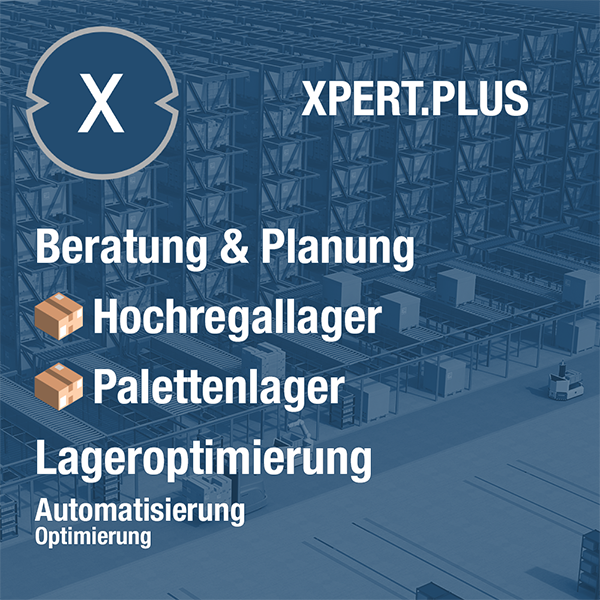
Xpert.Plus warehouse optimization - high-bay warehouses such as pallet warehouses consulting and planning
We are there for you - advice - planning - implementation - project management
☑️ SME support in strategy, consulting, planning and implementation
☑️ Creation or realignment of the digital strategy and digitalization
☑️ Expansion and optimization of international sales processes
☑️ Global & Digital B2B trading platforms
☑️ Pioneer Business Development
I would be happy to serve as your personal advisor.
You can contact me by filling out the contact form below or simply call me on +49 89 89 674 804 (Munich) .
I'm looking forward to our joint project.
Xpert.Digital - Konrad Wolfenstein
Xpert.Digital is a hub for industry with a focus on digitalization, mechanical engineering, logistics/intralogistics and photovoltaics.
With our 360° business development solution, we support well-known companies from new business to after sales.
Market intelligence, smarketing, marketing automation, content development, PR, mail campaigns, personalized social media and lead nurturing are part of our digital tools.
You can find out more at: www.xpert.digital - www.xpert.solar - www.xpert.plus



